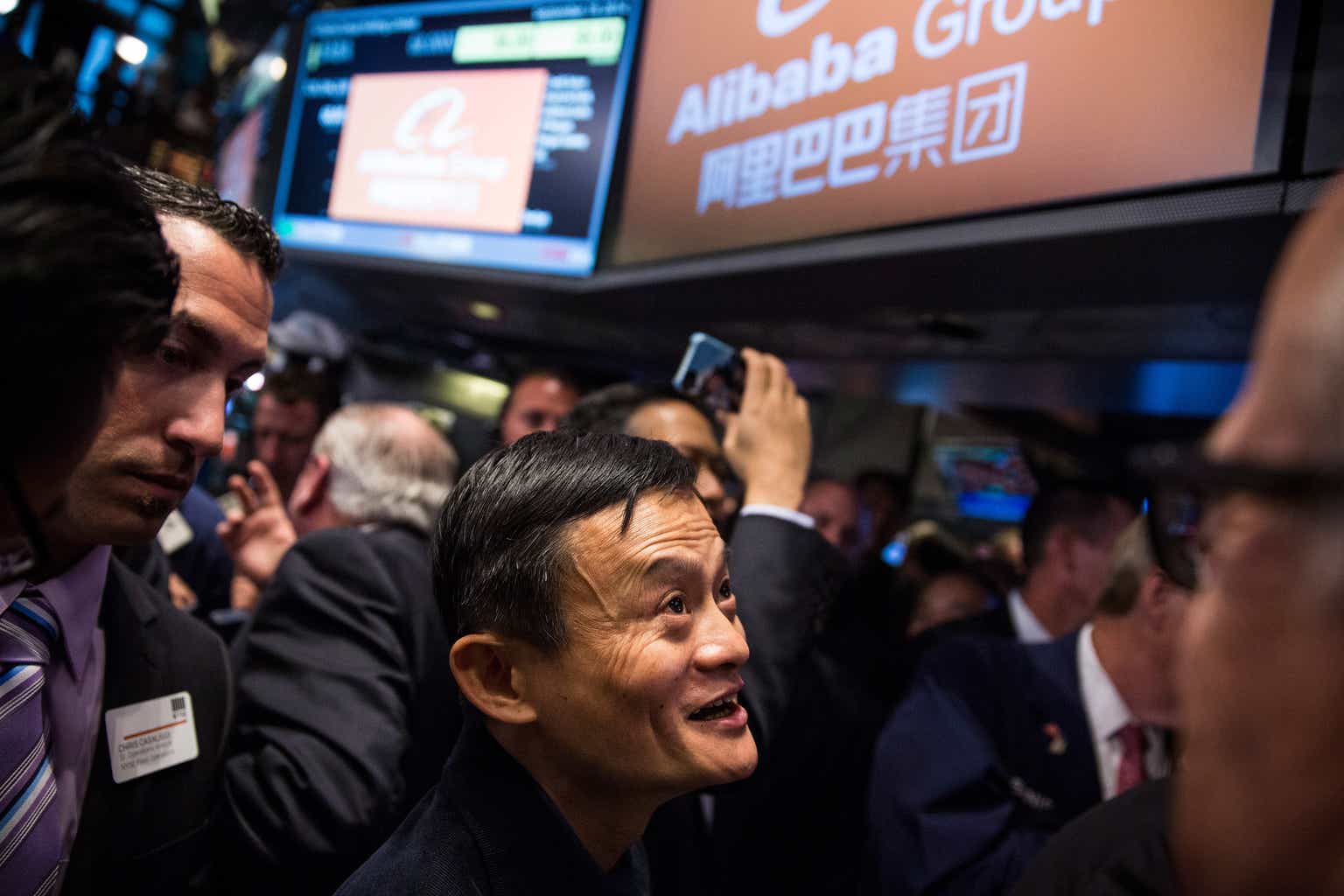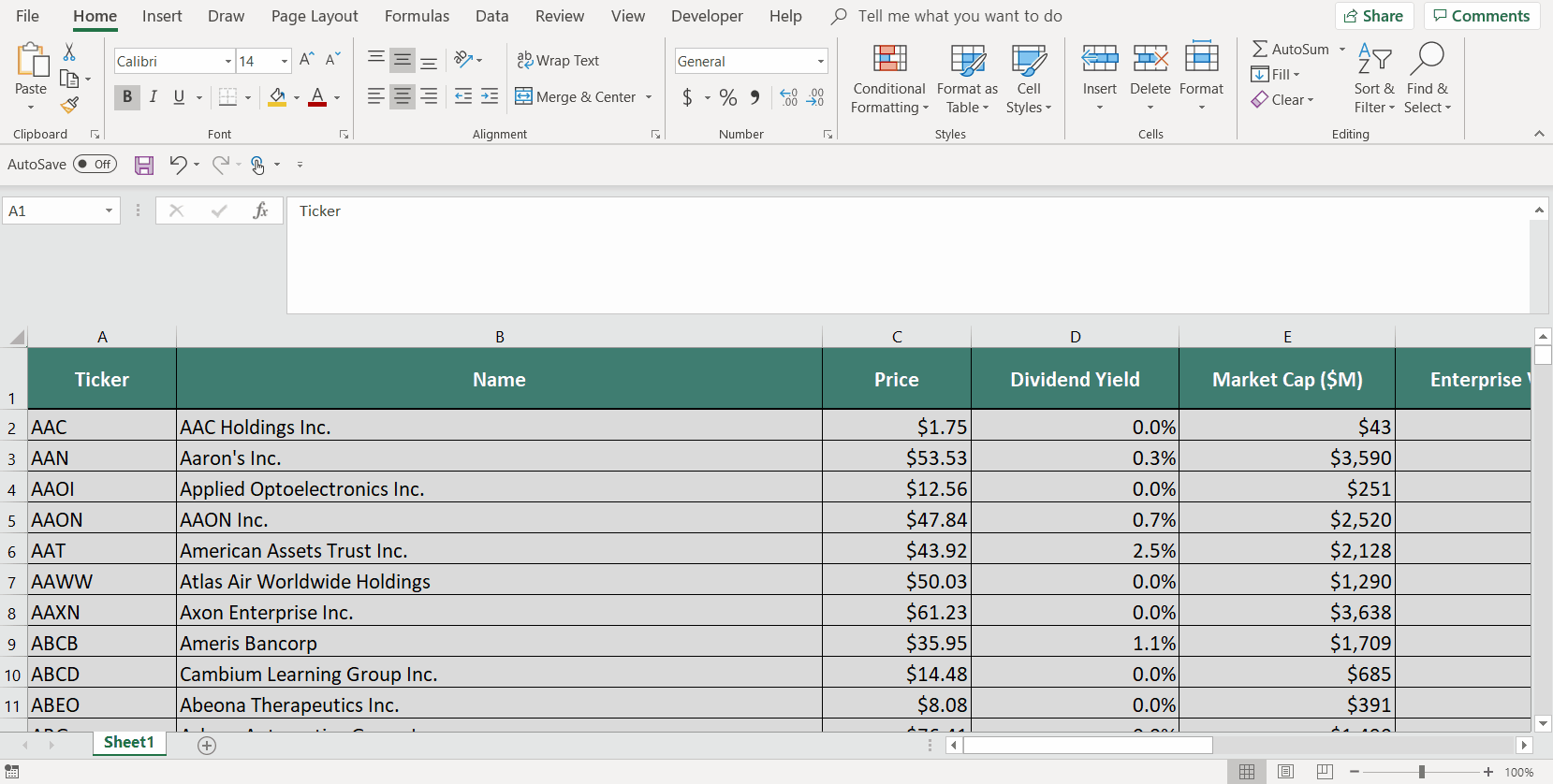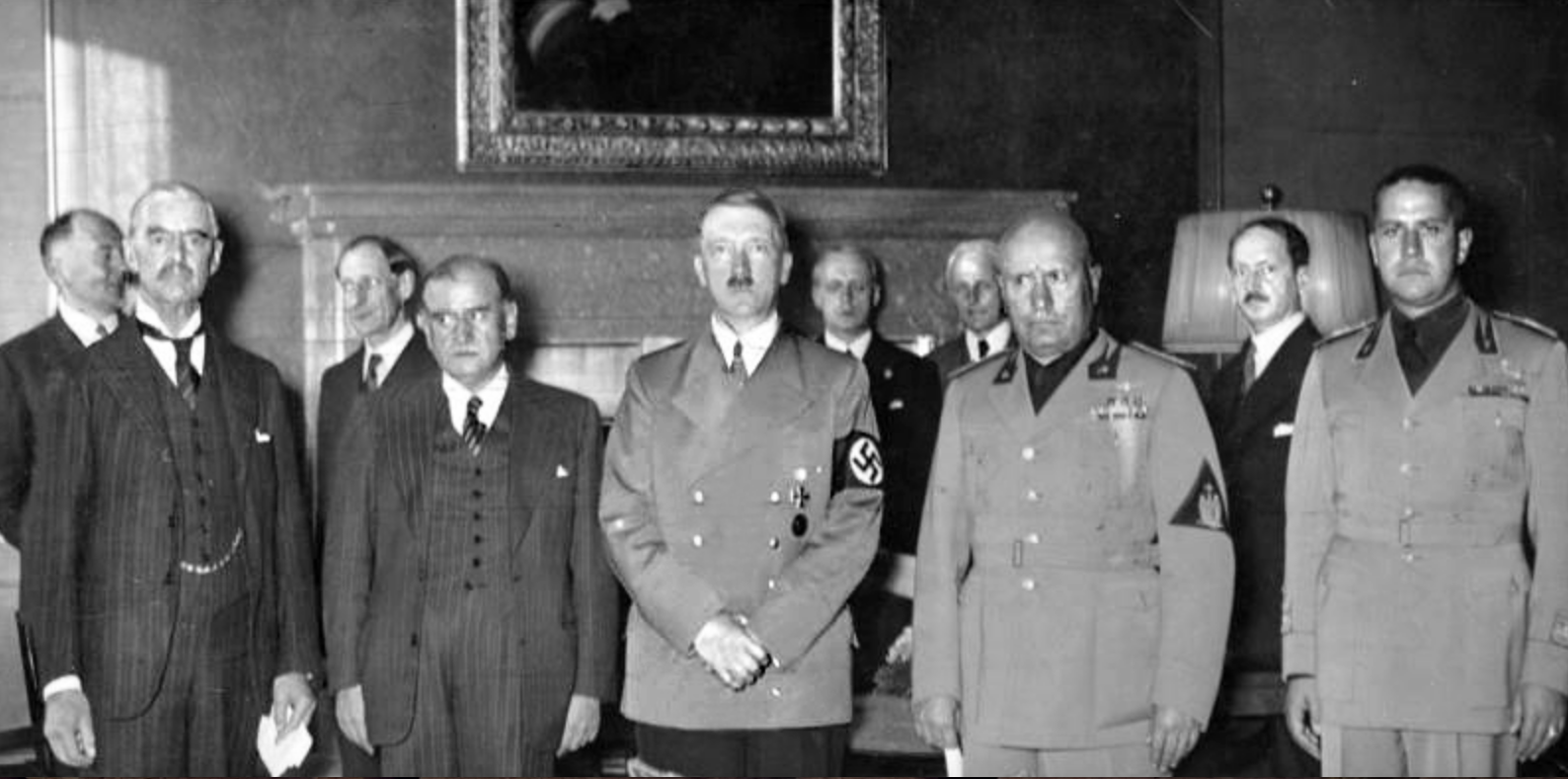Nitish Kumar has been the chief minister of Bihar for nearly two decades and has built a reputation as an administrator. So, how has Bihar fared under him on growth, human development and governance indices?

From 2011-12 to 2021-22, Bihar’s Gross State Domestic Product (GSDP) grew at a compound annual growth rate of 5.9%, close to the national average (2011-12 prices). However, Bihar’s GSDP is the lowest among major states although a higher growth is easier to achieve at a lower base. There is very little evidence of convergence of Bihar’s GDP with other leading states. In Net State Domestic Product (current prices 2011-12), Bihar’s GDP was 43% of Gujarat’s GDP, 41% of Karnataka’s GDP, and 34% of Tamil Nadu’s GDP; in 2021-22, the share of Bihar GDP was down to 35% of Gujarat’s, 33% of Karnataka’s and 32% of Tamil Nadu’s GDP. So, Bihar’s GDP has rather diverged, given other states too experienced high economic growth rates.
Bihar’s per capita income (PCI) remains the lowest in India. The state’s NSDP per capita was 70% of the national average in 1960-61; it had come down to 33% of the national estimate by 2005 when the Janata Dal (United)-Bharatiya Janata Party combined gained office in 2005. In 2020-21, Bihar’s NSDP per capita was still 33% of India’s. Thus, after nearly two decades in power, Bihar’s PCI relative to India’s has remained stagnant with marginal divergence, not convergence. Bihar is also experiencing a reversal of structural change: The workforce in agriculture increased by 50% from 12.5 million to 18.95 million between 2017-18 and 2022-23. While India’s workforce in agriculture also increased by 60 million between 2020 and 2023, the increase proportionately is much higher in Bihar, due to reverse migration during Covid-19.
At the same time, Bihar’s manufacturing sector growth rate (GSDP constant 2011-12) from 2017-18 to 2021-22 has declined by 1.1%, only partly because of the pandemic. The share of manufacturing in Gross State Value Added (2011-12) also declined from 9.1% in 2017-18 to 7.3% in 2021-22. As we argue in a recent research report, Bihar faced deindustrialisation over the last decade: The number of factories in operation in Bihar in 2019-20, after falling for 10 years, was just 1.32% of India; while in terms of net value added the share remains merely 0.5% of India. The only sectors that grew were related to construction and a few services (often real estate services).
The reasons are not far to seek. Governance is the key. In NITI’s Ease of Doing Business rankings (2019), Bihar ranked 26 out of 29. In 2021, Bihar received just 0.29% of India’s Foreign Direct Investment. Without basic enabling conditions, the state failed to attract foreign investment.
In terms of exports, Bihar’s current share is just 0.52%. NITI Aayog’s Export Preparedness Index 2022 ranks Bihar nine among 10 major landlocked states. Moreover, more than 60% of Bihar’s exports are one good — petroleum products — courtesy of the Barauni (Begusarai) oil refinery. Also, Bihar’s merchandise exports were 2.9% of GDP as compared to 35.9% for Gujarat.
On the Social Progress Index 2022 (PM’s Economic Advisory Council measuring social progress across basic human needs, foundations of well-being, and opportunity), Bihar ranks 35th among 36 states/UTs; 30% of households do not have access to toilets and piped water is for just 13% of households as compared to 35.5% for India.
Bihar ranks 18 among 19 states in NITI Aayog’s Health Performance Index (2019-20). The neonatal mortality rate for Bihar is five times and the infant mortality rate is more than 3.5 times that of Kerala. That is mainly because Bihar tops the list in the proportion of shortfall of health care providers in public health facilities. Similarly, NITI Aayog’s School Education Quality Index 2019 ranks Bihar at 19 among 20 large states. How can schools and health services improve when schools are short of 220,000 teachers (some appointments started in 2023), universities need 21,500 staff (March 2022), and public health services are short of 57,000 doctors and paramedics (till March 2021)?
Good governance is often the pivotal component in social and economic transformation. In the 2021 Good Governance Index of the department of administrative reforms, Bihar was ranked 15 among 18 states. This is the story of Bihar’s “sushasan”.
Santosh Mehrotra is a research fellow, IZA Institute of Labour Economics, Bonn; Rakesh Ranjan is senior research fellow, International Institute for Migration and Development, Kerala. The views expressed are personal
Continue reading with HT Premium Subscription
Daily E Paper I Premium Articles I Brunch E Magazine I Daily Infographics

















